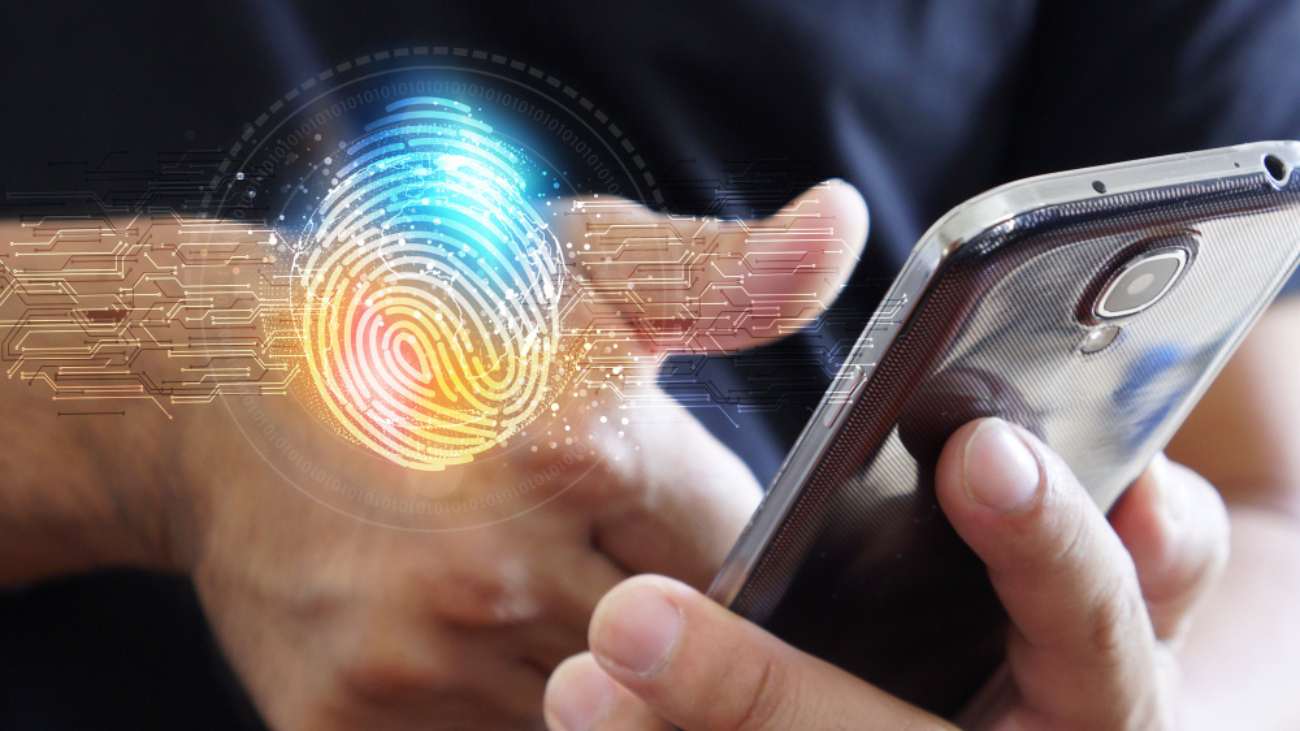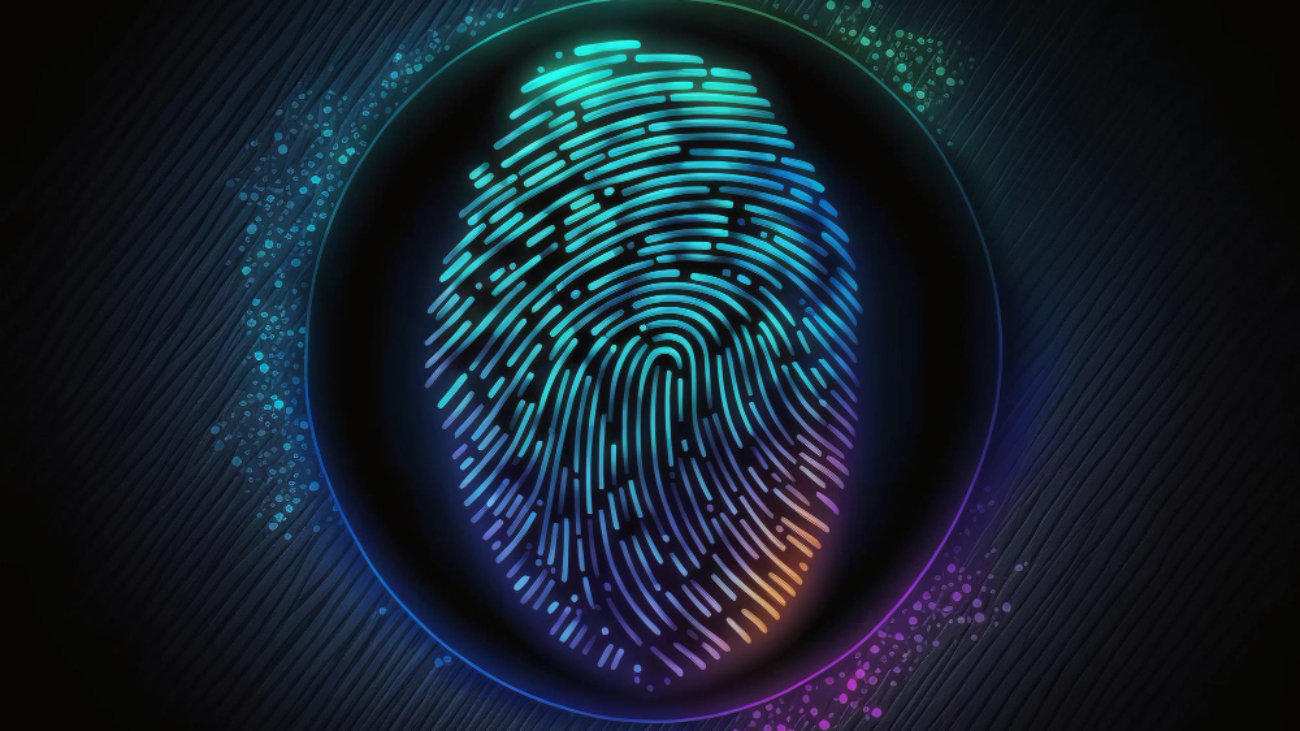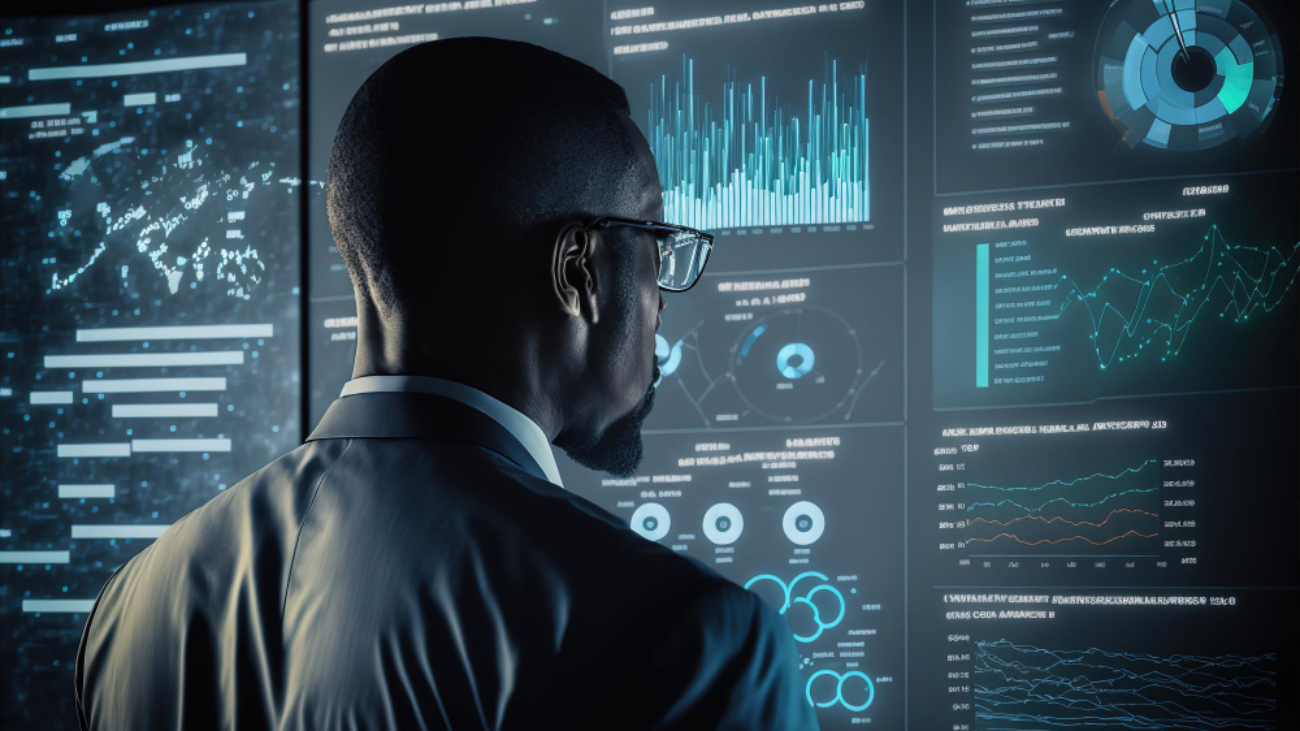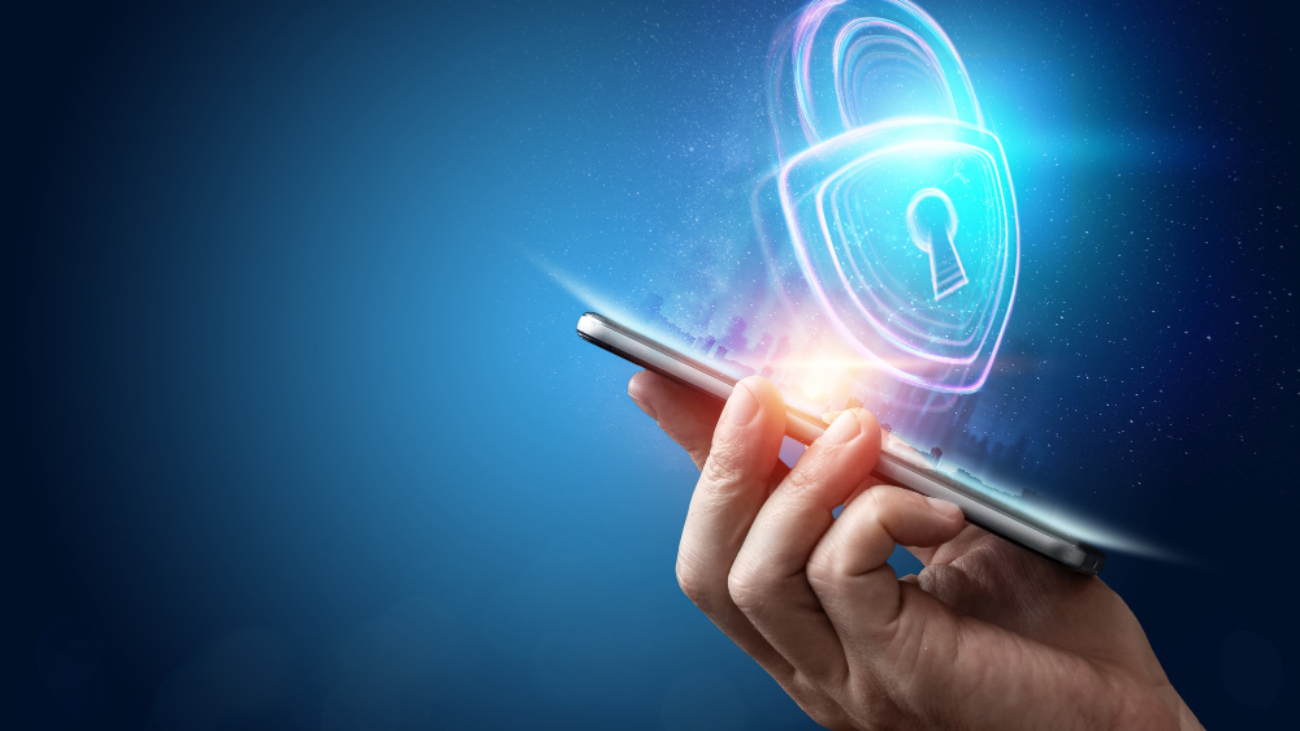Biometrics is the use of physical or behavioral characteristics to identify an individual, and it has been around for hundreds of years in one form or another. It has traditionally been used for identifying criminals and in some cases, even for tracking animals. Today, biometrics are increasingly used in various contexts, including authentication and access control.
One of the most recent developments in biometrics is tongue recognition. This technology works by scanning the pattern and characteristics of a person’s tongue to create a unique ‘tongue profile’ that can be used to identify them. This technology has several potential benefits, including providing secure authentication with a higher level of accuracy and providing information that other methods could not gather.
The technology works by scanning the tongue’s surface and analyzing the tongue’s bumps, ridges, and curves. It then creates a digital representation of this data that can be used for identification. The data is stored on an associated device or a mobile device in a secure cloud service. This data can then be used for authentication purposes observed Bahaa Abdul Hadi.
Applications
One potential application of tongue recognition is in the medical field. By scanning patients’ tongues, doctors can detect subtle changes in the tongue’s anatomy, which can indicate various health issues. This could be useful in diagnosing and monitoring conditions like diabetes, oral cancer, and more.
In the consumer space, tongue recognition could be used as an additional layer of security for authentication. This additional layer of authentication could be used for banking and financial information, access to online services, or for physical access control. As an added bonus, using tongue recognition as a form of authentication. It could be much more secure than using a username or a password, which is especially important in the face of growing cybercrime.
Tongue recognition is also being explored as a viable alternative for people who cannot use traditional biometrics such as fingerprints or voice recognition. This could help individuals who may be elderly, disabled, or ill gain access to secure areas or online services.
Final words
Overall, tongue recognition holds great potential as a biometric technology. It is a relatively new technology, but if its performance continues to improve, it will likely become more widely accepted and used soon. It could provide a secure and convenient authentication method. Also, providing access to individuals who may otherwise not have been provided with the same level of security. Ultimately, it could open up a whole new world of possibilities.
Thank you for your interest in Bahaa Abdul Hadi blogs. For more information, please stay tuned to www.bahaaabdulhadi.com







